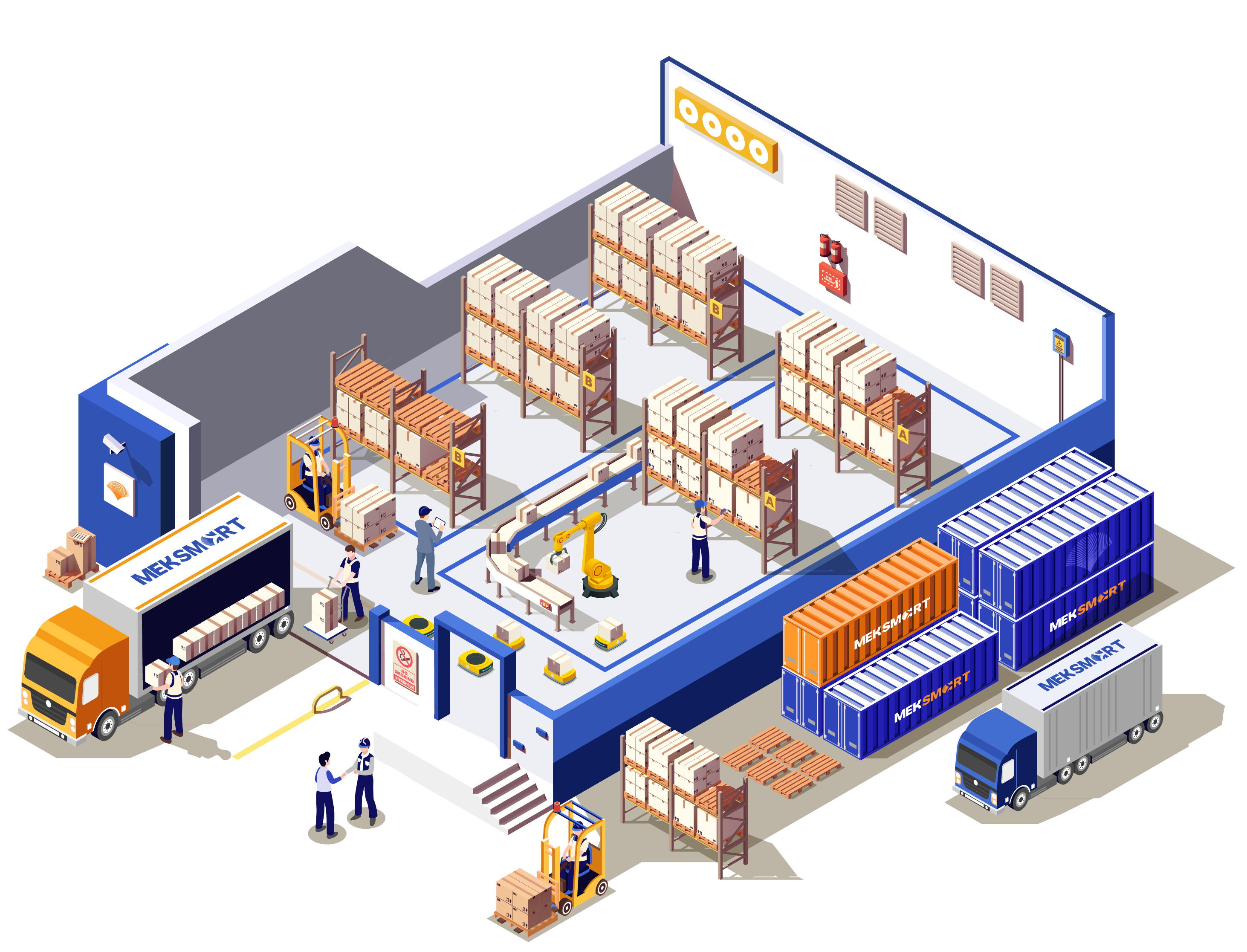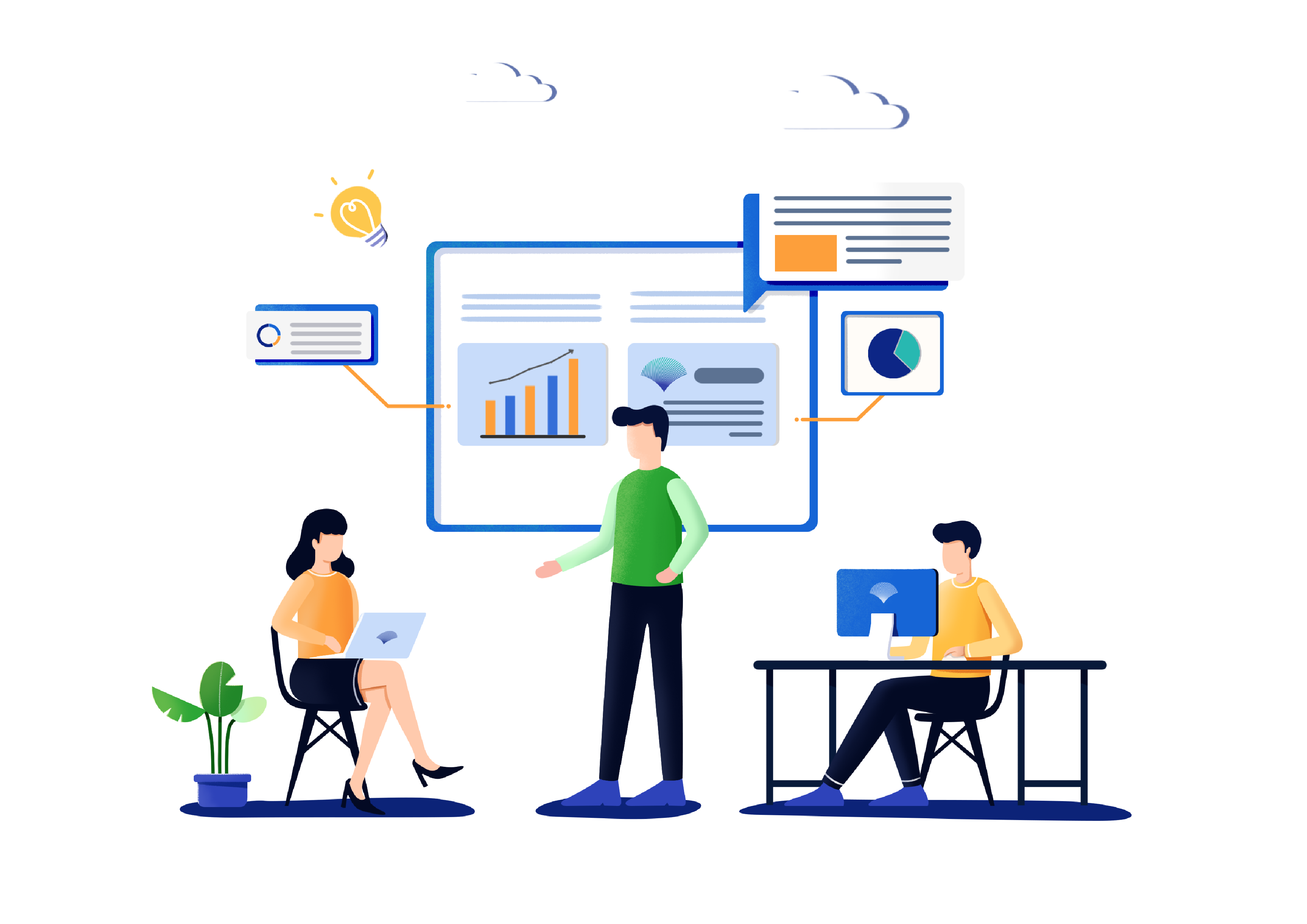MEKSMART
GENERAL NEWS
Author:
Update: 30/11/2022
HOW IS BIG DATA BEEN EXPLAINED IN REALITY?
Big Data – also known as Big Data, is one of the characteristics of the digital era. It can be used for many different purposes, in many different fields.
Here are 10 key areas where big data is being used to great real-world benefits.

1. Research and target customers
Big data provides businesses with deeper insights into their customers and their behaviors and preferences. Companies are effectively expanding their traditional data sets with social media data, browser logins, as well as text analytics, and sensor data for a more complete picture of what's going on. customer.
For example, using big data, Wal-Mart can predict products that will sell, and Target can very accurately predict when one of its customers is waiting to be released. of a baby.
2. Understand and optimize business processes
With the development of IoT, big data is used more and more to optimize business processes such as human resource management, inventory management, and supply chain operations. For example, retailers can optimize their inventory based on predictions generated from social media data, web search trends, and weather forecasts.
A business process that involves a lot of big data analytics is supply chain or delivery journey optimization. Geolocation and radio frequency identification sensors are used to track goods or delivery vehicles and optimize routes by integrating real-time traffic data.
3. Individual quantification and performance optimization
Today, we can benefit from the data generated by wearable devices such as smartwatches or smart bracelets. For example, Jawbone's wristband will collect data on how many calories we consume each day, activity level, and sleep duration. The analysis of this information will give us useful health advice.
Another example is an online dating app. This application will use big data analysis and algorithms to match the best fit for the user.
4. Improve health and public health
Today, medical researchers can collect data easily thanks to Apple's new health application, and this application is also expected to assist users in monitoring their health and condition their body condition.
The computational power of big data analytics also allows us to decode entire DNA sequences in minutes, find new cures, and better understand and predict disease patterns.
Moreover, big data analytics also allows us to monitor and predict the development of diseases. By combining medical records with social media analytics, we were able to monitor flu outbreaks in real-time.
5. Improve sports performance
Most of the popular sports adopt big data analytics. We've got IBM's SlamTracker for tennis tournaments, video analytics that tracks all the soccer or baseball players on the field, and sensor technology in sports like golf or golf. Basketball helps us get audience feedback on the game, which in turn can improve our performance. Big data analytics is also applied to analyze competition conditions to avoid injury to athletes.
6. Improving science and research
Science and research are being transformed by the new possibilities big data brings. For example, the CERN nuclear physics lab's data center has 65,000 processors to analyze 30 petabytes of its data. However, it uses the computing power of thousands of computers across 150 global data centers to process the data. Such computing power can be leveraged to transform many other fields of science and research.
The computational power of big data is also used for any dataset, opening up new sources for scientists. Scientists also have easy access to and analysis of population and other government-collected data to build a holistic picture of the health and social sciences.
7. Optimizing the performance of machinery and equipment
Big data analytics helps machines become smarter and more autonomous. Examples include big data tools used to operate Google's self-driving cars, or Toyota Prius equipped with cameras, GPS, and powerful computers and sensors to drive safely without the need for human intervention. People. We can also use big data tools to maximize the performance of our computers and data warehouses.
8. Improve security and enforce the law
Big data is widely used in improving security and enabling law enforcement. For example, the US National Security Agency is using big data analytics to detect terrorist plots. Big data technology is also used to detect and prevent cyber-attacks. In addition, it also contributes significantly to building criminal records, analyzing criminal behavior, or catching criminals.
9. Improve and optimize cities and countries
Big data is used to improve many aspects of cities and countries. Many cities are piloting big data analytics to transform into smart cities, where transport infrastructure and utility processes are integrated. Elements of a smart city such as smart buildings, smart water sources, smart traffic, etc. all have the significant participation of IoT technology and big data.
10. Trade finance
Big data algorithms are used in commercial decision-making. Today, the majority of stock trading is done through data algorithms that are increasingly taking advantage of signals from social networks and news websites to make buying and selling decisions in seconds.
Computers programmed with sophisticated algorithms allow us to scan the market for a customized set of conditions and look for market opportunities. These programs are designed to operate with or without human interaction, depending on the needs and desires of the customer.
According to Ap-institute











